
Hair treatments generally refer to any means of managing common hair related problems such as hair fall, dryness, dandruff, frizzy hair, thinning hair, and so on. The treatments vary in terms of the problem you are suffering from because different ingredients and elements are required to tackle them.
These problems can be caused to a variety of reasons such as your lifestyle, dietary habits, the products you already use for your hair, and your natural hair type. They can be treated fairly easily once you have the correct product for your hair. The types of products that can be used for hair treatments range from hair masks, shampoos and conditioners, serums, and hair oils. They are all meant for different problems and, when used appropriately, they have be highly effective.
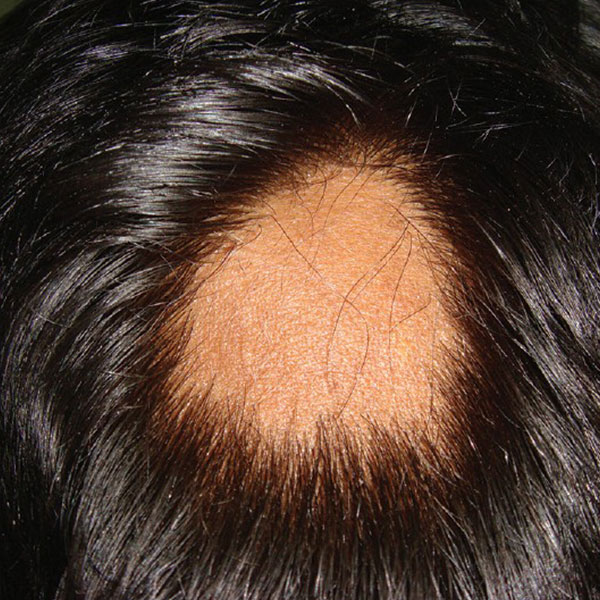
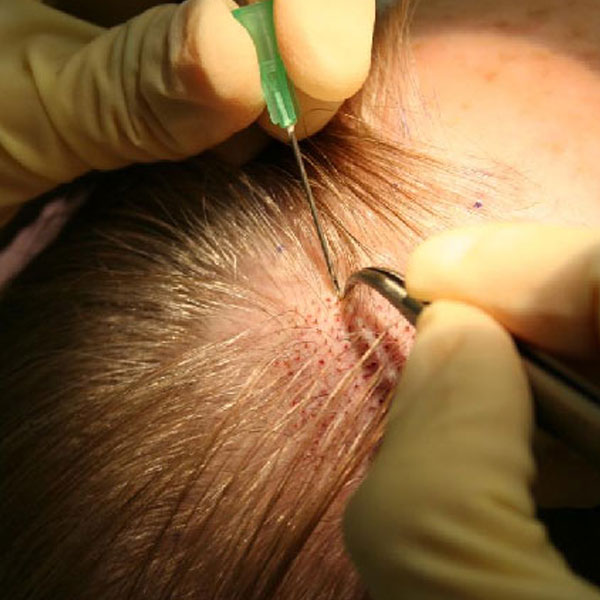

Hair treatments can be used by anyone depending on the hair type. Most people use specific shampoos and conditioners for their hair in any case, and it is fairly common to use hair oils in India. No matter what your natural hair type is, you can certainly benefit from using one treatment form or another to make it better.
For obvious reasons, people who are bald will not really benefit from a shampoo or hair oil or any other hair treatment. For premature balding, however, there are specific treatments that can be used in order to thicken the hair and make it grow.
Types of hair treatment:

Body contouring, or body sculpting, can eliminate fat, shape areas of the body and tighten skin. Lipolysis is a nonsurgical option that uses cold, heat, lasers and other methods. Surgical options include tucks, lifts and liposuction. Surgery has more risks and longer recovery, but it usually provides more noticeable results.
Not all treatments are made equal and not all procedures are right for every issue. "Body contouring is such a giant subject," says board-certified dermatologic surgeon Anne Chapas. "We tend to lump cellulite treatments, skin tightening, fat reduction, and muscle tightening all into body contouring now. I can't tell you how many times someone comes into my office and says they need a cellulite treatment and what they actually need is skin tightening."
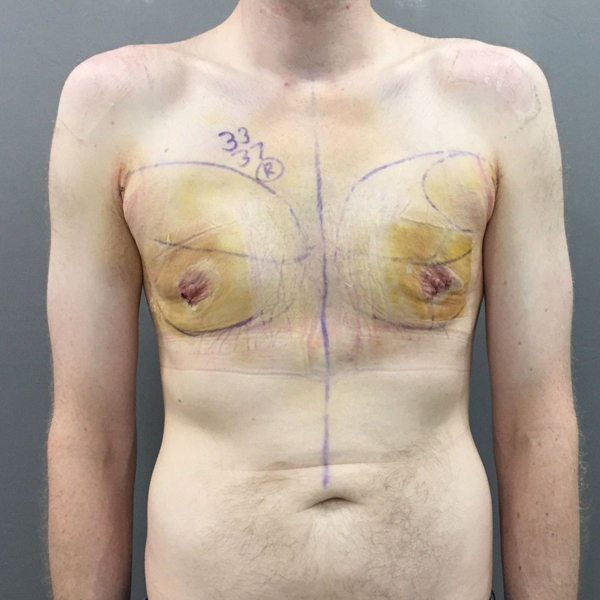

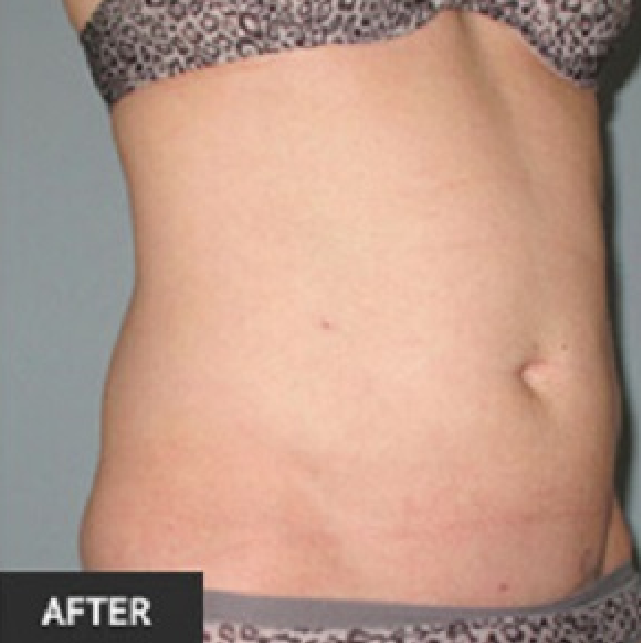
Body contouring, or body sculpting, is a medical or surgical procedure that aims to reshape an area of the body. It may involve procedures to:
Body contouring does not usually help you lose weight. Instead, it helps shape the body and address specific areas where weight loss isn’t effective or after significant weight loss results in extra skin.
Nonsurgical body contouring is called lipolysis. There are several lipolysis methods:
Any procedures — such as lifts and tucks — are surgeries and therefore come with certain risks, although relatively uncommon. Risks can include:
-Asymmetry (both sides don’t look the same).
-Bleeding or blood clots.
-Complications from anesthesia, such as nausea, vomiting or trouble waking up.
-Damage to nerves, blood vessels, muscles or organs.
-Hair loss near incisions.
-Hematoma (a pocket of blood under the skin), which may have to be drained.
-Incisions that don’t heal properly.
-Infection.
-Nerve injury that could cause weakness, numbness or changes in the way skin feels.
-Pain or swelling that lasts longer than expected.
-Problems with the heart or lungs.
-Results you don’t like, which could require follow-up surgery.
-Scarring, rippling or discoloration of the skin.
-Skin irregularities and discoloration.
With nonsurgical options, risks are much more limited and include:
Hives or rash.
-Pain or soreness.
-Red skin.
-Swelling.
-Unsatisfactory results and need for repeat sessions.

Dealing with acne conditions, sunspots, scarring, wrinkles, and discoloration on your face can be incredibly frustrating. Luckily, there has been a recent increase in non-surgical skin treatments that work to smooth your skin, even out your skin tone, prevent further acne, fine lines, and scars. Depending on what you are looking to improve, how long you want the treatment to last, and how much recovery time you can take, there are plenty of different options to choose from. Below we have outlined some of the most popular cosmetic skin treatments:

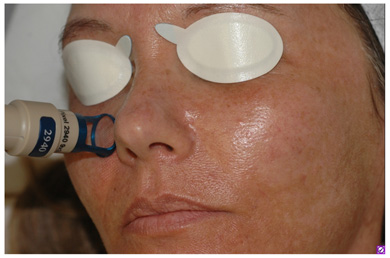
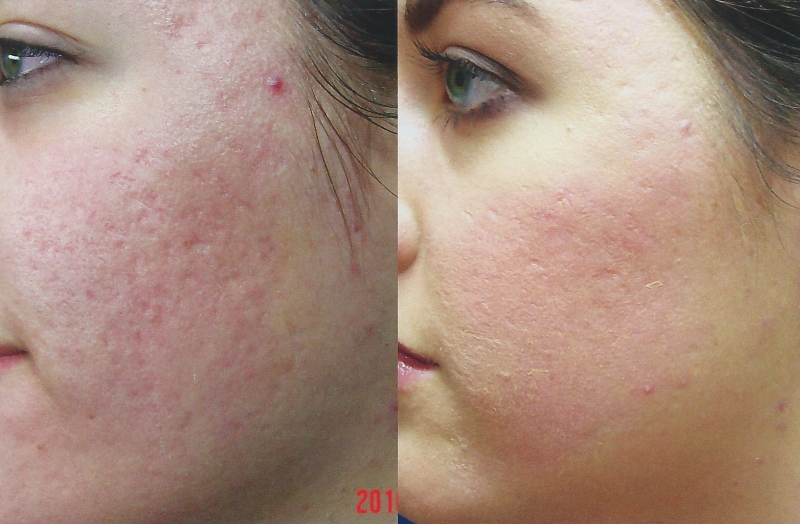
Types of Skin treatment: